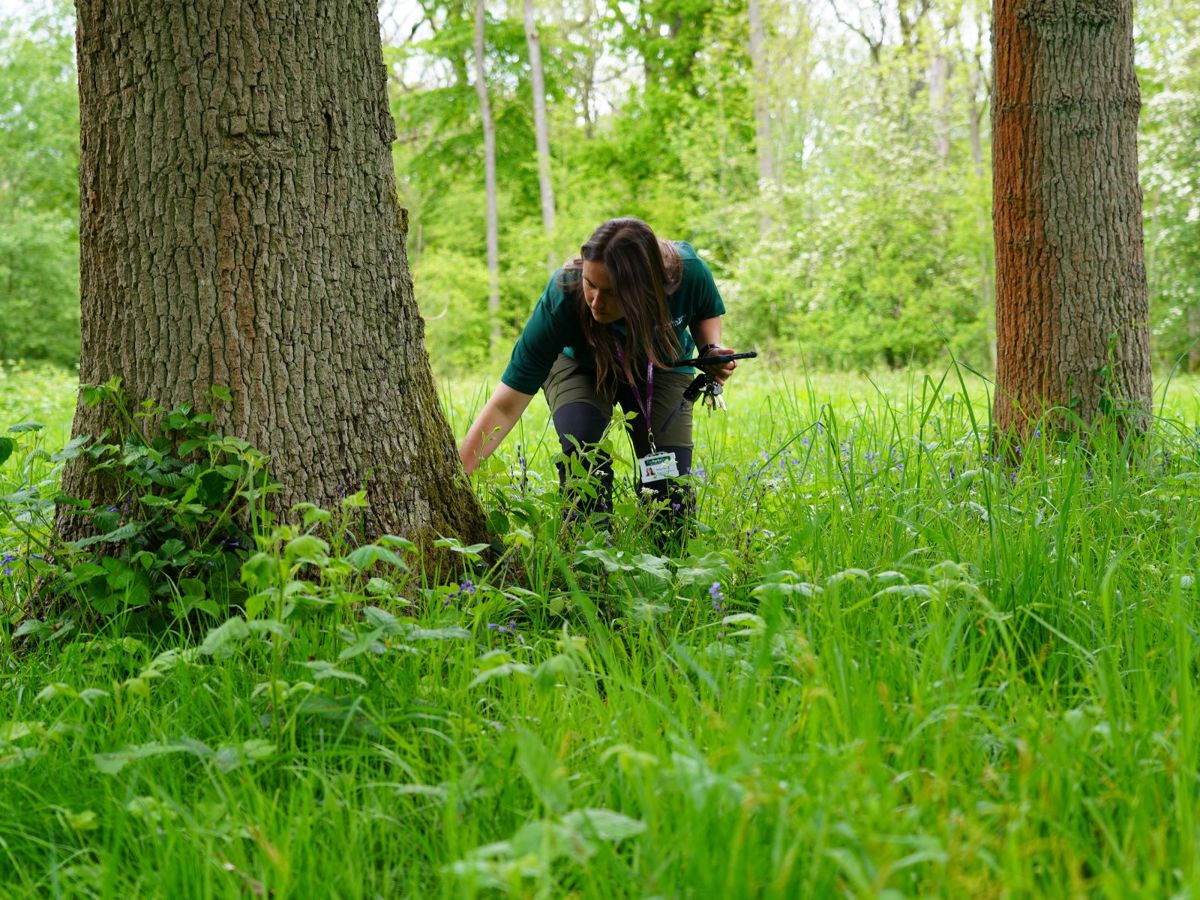
Coppicing
In winter, we cut back plants to ground level which helps rejuvenate and prolong the life of plants.
Coppicing is the traditional process of cutting back certain types of woody plants to just above ground level (usually 100-200mm). Coppicing is one of our many key landscape management practices. Lots of plants are suitable for coppicing, including laurel, hazel, dogwood, rose and willow. For various reasons, it’s been part of land management for hundreds, if not thousands of years. Traditionally, it would have been undertaken to provide local communities with such things as firewood, charcoal, fencing or building materials and foliage for livestock.

Why is it important?
Coppicing helps rejuvenate and prolong the life of individual plants and encourages regrowth. This process supports plant health by opening the ground to other plants, including herbaceous grasses and wildflowers, which are essential for varied greenspaces. It helps eliminate pests and diseases, removing fungi or bacteria that, for instance, attack plant stems.
There are also times we need to coppice shrubs which grow along the boundaries of our land. This allows inspections to be carried out to prevent fly tipping and encroachments on our land. Coppicing also ensures the city’s roads, footpaths, and redways are safe for people to use as it helps maintain the visibility of lines of sight.

How does it affect the plant?
The winter period is when shrubs and other plants go into their dormant period. It is at this time that the plants store nutrients and sugars safely in the roots, which sustains them over the winter and offers an energy source for the coming growing season. It is during this dormant period that it is best to cut or coppice the plants. When spring arrives, the plants will start to regrow, often quite rapidly.
We carry out most of our tree works in the autumn and winter months to avoid bird nesting seasons and to carry out maintenance whilst the trees are dormant.
During this period, you'll spot our dedicated landscaping team carrying out tree thinning, coppicing and planting work to develop the city's landscape and keep the parks safe for all to enjoy.
Find out how we care for over 6,000 acres of green space including parks, ancient woodlands, lakes, river valleys and 80 miles of landscaped areas along the grid roads.









